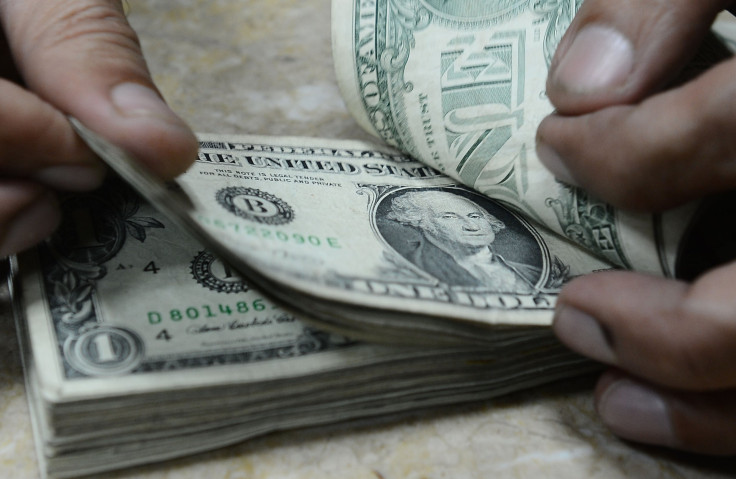World's Richest Nations Fail To Meet Aid Pledges: Report

LONDON (Thomson Reuters Foundation) -- The majority of the world's rich donor nations failed to meet their development aid pledges in 2013 and only one third of the money went to the poorest countries, a report said on Monday.
Aid by members of the OECD Development Assistance Committee (DAC) rose 5.3 percent year-on-year to a record $131.2 billion in 2013 after two consecutive years of decline, The One Campaign said in its annual aid data report.
Only a third went to the least developed countries, most of which are in sub-Saharan Africa, despite high-level support for a new target of 50 percent of all aid to be directed towards the poorest nations, said ONE, co-founded by Irish rocker Bono to end extreme poverty.
As world leaders prepare to agree a new set of development goals next year, ONE urged both rich and poor countries to address aid shortfalls to ensure the poorest people are at the heart of a renewed global drive against poverty from 2015.
"If donors don't step forward and target at least half of their aid to those countries that need it most, the world's poorest people risk being left behind," Sara Harcourt, policy director at ONE and an author of the report, told the Thomson Reuters Foundation.
Seventeen out of 28 DAC members increased their overseas development assistance (ODA) but despite these rises aid still only accounted for 0.29 percent of their national wealth, short of a United Nations target for aid spending of 0.7 percent.
Britain became the first country among the Group of 7 industrialized nations to meet the target last year, helped by a$3.95 billion boost to its aid budget.
Japan, Germany and Norway also stepped up efforts but others such as long-standing aid champions France, Canada and Australia showed marked declines in aid budgets amid cuts in overall public spending, along with the Netherlands.
The United States, the world's largest bilateral donor, compared poorly with other G7 states in terms of aid spending relative to national wealth, with a ratio of just 0.19 percent.
AFRICAN GOVERNMENTS MUST PLAY THEIR PART
African governments are also failing to prioritize their spending on programs to boost the fight against extreme poverty, ONE said.
Only six out of 43 sub-Saharan African countries met their own spending goals on health, and only eight met targets on agriculture, the report found.
An additional $54.8 billion would have been mobilized for health between 2010 and 2012 if all sub-Saharan African countries had kept their promises, ONE said.
"First and foremost, public spending by African governments should be targeted towards the fight against poverty," Sipho Moyo, the campaign's Africa executive director said.
The report also highlighted a need to change the rules on what counts as aid, saying that since 2000 some $250 billion, or a sixth of all ODA reported by governments, did not involve a real transfer of funds to developing countries.
In 2012, for example, the cost of looking after refugees totaled $4.3 billion, or 3 percent of ODA. Administrative costs stood at $6.7 billion, or 5 percent of ODA.
Aid levels have also been given an artificial boost by including inflated valuations of debt relief, ONE said.
More stringent guidelines are also needed on which loans to developing countries count as aid, ONE said. It reckons that if these had been in place in 2012, $19 billion of loans would not have qualified as aid.
It urged the DAC countries, due to hold a senior-level meeting in Paris this week, to ensure a new definition of aid means it reaches those who need it most.
© Copyright Thomson Reuters 2024. All rights reserved.





















